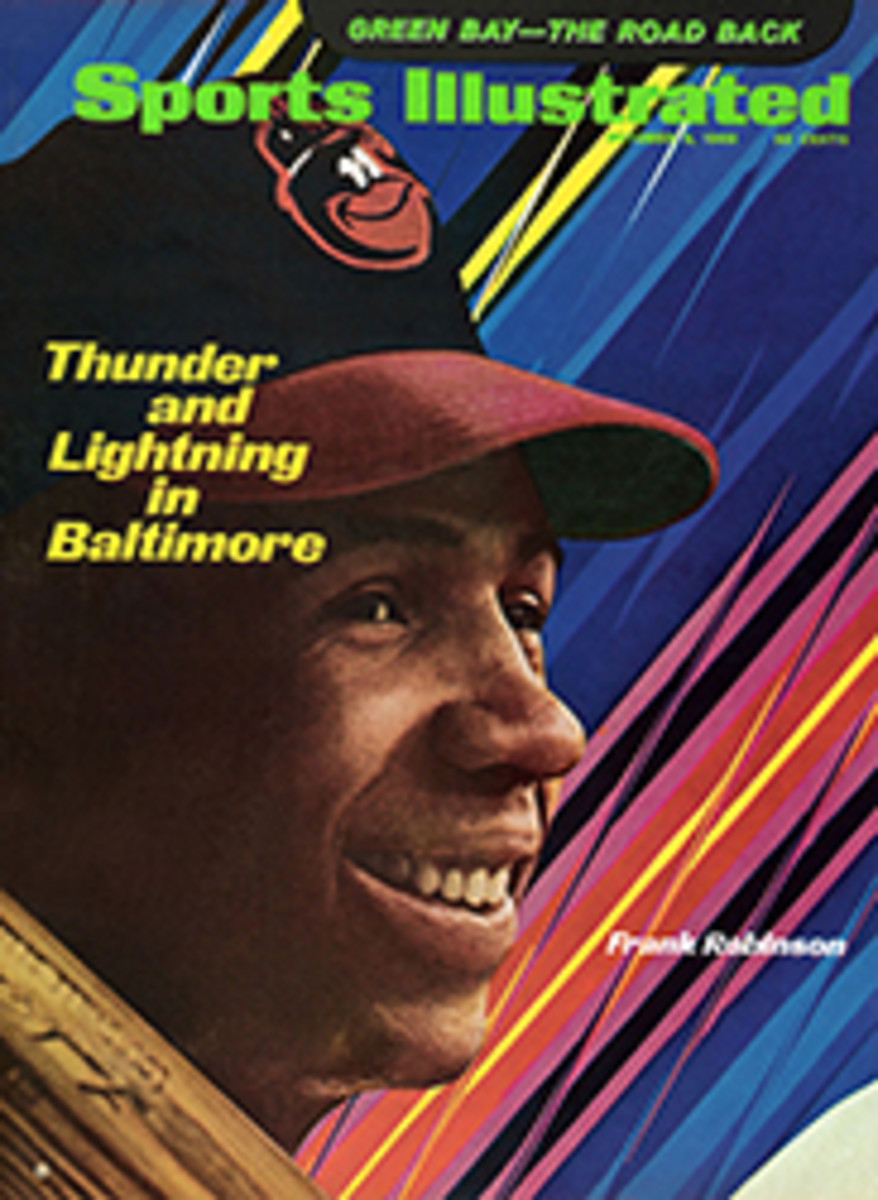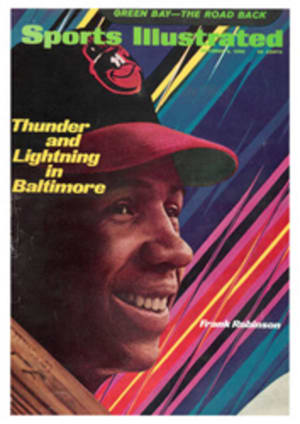
Gone are sophomores who behave like sophs
The 1969 season has begun where the 1968 season left off, with scores of games reaching for the moon. Stanford rolled up 63 points in one game, Ohio State 62 and Florida 59. Minnesota has 61 points in two games and has yet to win. When Miami's coach, Charlie Tate, added up his future opponents' scores after the first week, the figure came to 239—and one of them, Wake Forest, contributed none. "Everybody's unreal on offense," muttered Tate.
The most surprising aspect of the scoring binge is the contribution of sophomores, especially sophomore quarterbacks. Florida's John Reaves threw five touchdown passes the first week. USC's Jimmy Jones passed for two, while Steve Endicott of Oregon passed for three. All are sophomores. Pat Sullivan of Auburn ran for two and threw for one, Oklahoma's Jack Mildren passed for two and ran for one and Steve Judy of TCU threw for four. More sophomores. Suddenly there was a whole river of starting sophomore quarterbacks.
Last week it was more of the same. Reaves passed for three touchdowns. Jones coolly directed USC's offense to an overwhelming lead and passed for one touchdown. In Atlanta sophomore Charlie Dudish, who led Georgia Tech to an upset of SMU two weeks ago, did it again, throwing a scoring pass with 44 seconds to play as Tech defeated Baylor. Endicott ran for a score and passed for another, and Mildren scored on runs of 78 and 13 yards as Oklahoma routed Pittsburgh. Shades of General Neyland, what's happening?
"What has happened," says Auburn's Shug Jordan, "is that there is no such thing as a naive sophomore anymore. I grew up in Selma, Alabama. At the time you needed a mule and a wagon to get you through the mudholes on the road. We just didn't travel. When I came to Auburn as a freshman, I had seen a total of three college games—and I had seen more than most high school boys. The difference now is better transportation and television."
"It still takes time to train the people in the trenches," said Texas' Darrell Royal. "But the boys who do the scoring have learned a lot from TV by the time they get to college. The instant replay has been especially helpful—and so have the color commentators like Bud Wilkinson, Paul Christman and Pat Summerall. They really know the game and how to teach it. A lot of things they tell the youngsters watching television are the same things we tell our players."
UCLA's Tommy Prothro remembers a time, while he was coach at Vanderbilt, when he took one of his players to breakfast. The waitress asked the player how he would like his eggs. The player looked puzzled.
"I had to explain to him," said Prothro, "that they could be scrambled, boiled or fried sunny-side up, over easy or hard. He looked at me and said, 'My mother just cooked them on both sides.' It's a little different today. The young player just coming into college is more worldly. When I say worldly, I mean more aware. Today you can take a youngster out before 100,000 fans and it won't bother him a bit. With TV, there just isn't much he hasn't seen."
Television, yes, certainly, but much more has gone into the creation of today's sensational sophomore. For one thing, most have been playing football, specialized football, since grade school. Georgia Tech's Dudish, for example, has had professional coaching in junior leagues since he was 6. It's everywhere. Two years ago only 120 youngsters responded to a Little League Sunday football program in Bloomington, Ind. This year 350 kids turned out. In three years the junior football program in Atlanta has tripled. Jefferson County, just west of Denver, has a Little League football program with more than 1,600 participants from ages 8 to 14.
"And they are doing a lot more than just playing straight football," said Ray Coates, a former LSU halfback now the head coach at Jesuit High in New Orleans. "When I was in high school we'd go out to the field and throw and the receiver would run—straight out—and you'd throw to him. Today I go in my backyard with my son for pitch-and-catch. He's not running straight out. He's running square-outs, hooks, comebacks, flies. He's doing things I never even thought of in high school. And he's not even in high school yet."
"They start when they are little," said Bear Bryant, "playing pitch-and-catch because that's the easiest thing to do. Then they read all about that big money going to quarterbacks and receivers, and that's what they do—they keep on playing pitch-and-catch."
High school is the next step. "Go back to our generation," said John McKay of USC. "In high school there was one coach. He went from football to basketball to baseball and then maybe track. Now they've got a man for each sport with others helping out. You'll find a large number of high schools with six, seven, even eight football assistants.
"Each year the high school player becomes more skilled, more seasoned and more imbued with the little nuances of the game," McKay continued. "They've specialized through three or four years on offense or on defense. Last Saturday night my son's team threw 44 passes. You know they aren't going to throw that many passes unless they have someone to throw that well and someone to catch them."
"The young athletes we are getting today are better." said Frank Broyles of Arkansas, "because they've been platooned at the skilled positions all the way back through high school. Even in Arkansas the quarterbacks and wide receivers play as specialists in high school. By the time a quarterback is ready to play for us, he's already had six years or so of special training. Until recently, he played both ways in high school, his team never threw the ball and we never found out who could pass until we'd had a boy two or three years."
Arkansas' Bill Montgomery broke in as a sophomore a year ago. Was Broyles apprehensive? "Sure," he admits. "But not as much as I once would have been."
"The sophomore quarterback is playing now because that's what you bear down on in recruiting," said Shug Jordan. "When you get six or eight of the top ones out of high school, you've got the best athletes at those schools, generally. And when one emerges from that kind of a crowd, he's usually pretty outstanding."
"A Terry Hanratty, a Mike Phipps or a Rex Kern have so much natural talent that you can't deny them a starting role," said Notre Dame's Ara Parseghian, who started Hanratty as a sophomore in 1966. "There's no doubt at all that today's sophomores are better. They still make mistakes. But their skills override their errors."
"It's how good they can throw," said John Ralston of Stanford. "Not how old they are."
Or, as Charlie Tate put it: "My lands these boys spend so much time watching Joe Namath on television, by the time they get to college they're whip smart. My three boys are playing junior ball. When I was little, we knew everybody's batting average in the big leagues. But now it's all football. I mean, they're so sophisticated."
PHOTO
SOPHOMORE REAVES' EIGHT SCORING PASSES HAVE MADE FLORIDA A WINNER

